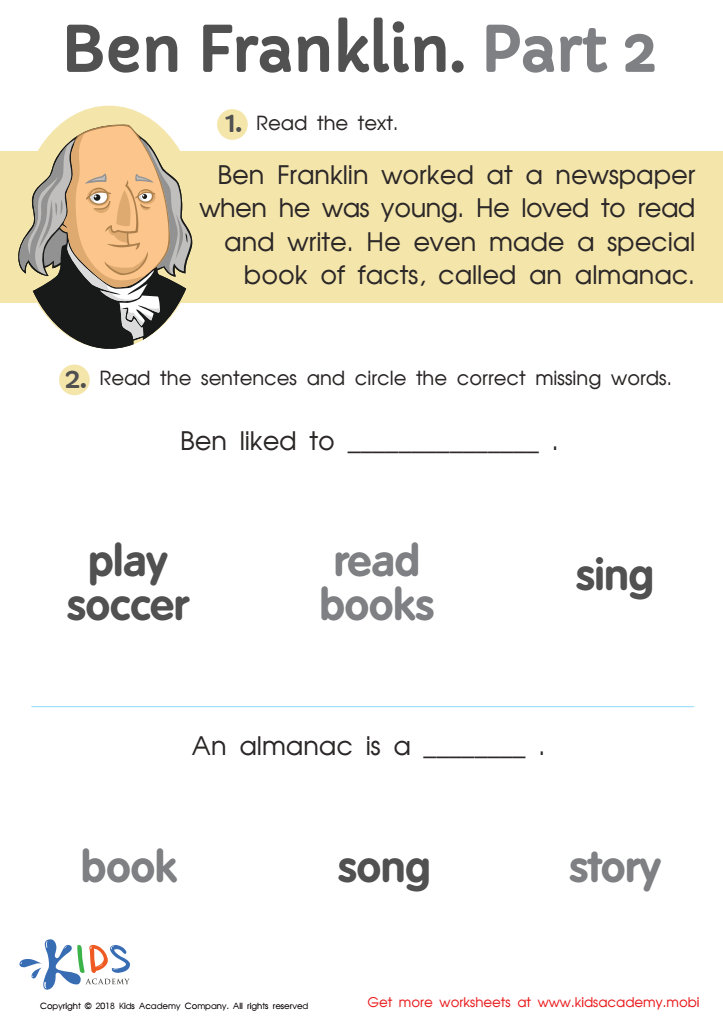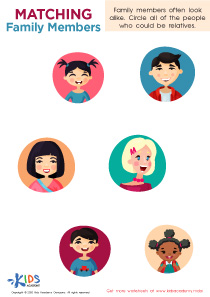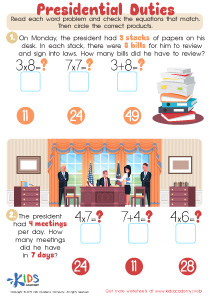Reading Skills History Worksheets for Ages 3-8
3 filtered results
-
From - To
Explore our engaging Reading Skills History Worksheets tailored for children aged 3-8. Designed to enhance literacy through historical contexts, these worksheets make learning fun and interactive. Each resource combines colorful illustrations and simple activities, helping young learners build vocabulary, improve comprehension, and develop a love for reading. Our materials encourage curiosity about history while fostering essential reading skills. Perfect for classrooms or at-home learning, these worksheets are easy to download and suitable for various learning styles. Start your child's educational journey today, empowering them with the fundamental skills needed for future academic success. Check out our collection to get started!


Thomas Jefferson and the 7’s Worksheet


The Road of 4’s to Jamestown Worksheet


Ben Franklin Part 2 Worksheet
Understanding the history of reading skills for children aged 3-8 is crucial for parents and teachers as it provides insights into the development of literacy and effective teaching methods. Historically, early reading instruction has evolved from phonics-based approaches to balanced literacy, necessitating awareness of past practices and their impact on children's learning.
By knowing the historical context, educators and parents can appreciate the significance of milestones in reading development, like phonemic awareness and comprehension strategies, allowing for more informed interventions when children struggle. Recognizing how societal factors have influenced literacy promotion helps in implementing culturally responsive teaching methods that resonate with diverse learners.
Furthermore, understanding reading skills history encourages collaboration between home and school, as parents can familiarize themselves with the instructional strategies their children experience at school. This alignment fosters a supportive environment conducive to learning, ultimately leading to better reading outcomes. In summary, by learning the history of reading skills, parents and teachers can equip themselves with valuable strategies to nurture young readers, making informed decisions that enhance literacy development during these formative years.
 Assign to My Students
Assign to My Students




.jpg)











